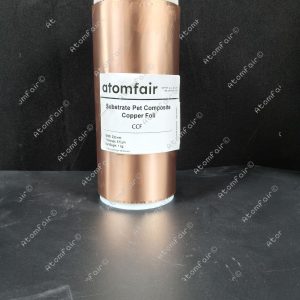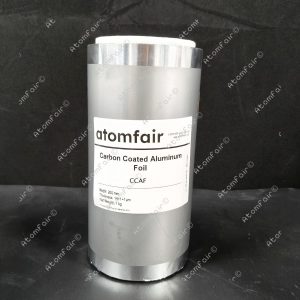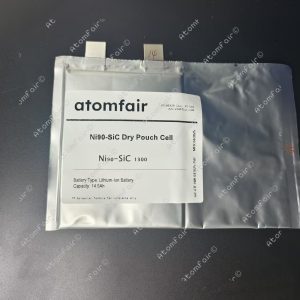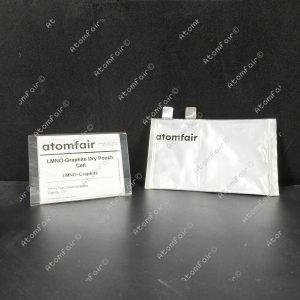Your cart is currently empty!

Atomfair tert-Butyl dimethyl(prop-2-en-1-yl)silyl carbonate C10H20O3Si
Description tert-Butyl dimethyl(prop-2-en-1-yl)silyl carbonate (CAS No. 661464-02-4) is a high-purity organosilicon compound with the molecular formula C10H20O3Si . This specialized reagent is widely used in organic synthesis, particularly in protective group chemistry for alcohols and amines. The compound features a reactive allyl group and a tert-butyl carbonate moiety, making it valuable for controlled deprotection strategies. Supplied as a clear, colorless to pale yellow liquid, it is rigorously tested for quality, including GC analysis to ensure >95% purity. Suitable for use under inert atmospheres, this product is packaged in amber glass bottles to ensure stability and longevity. Ideal for researchers in…
Description
Description
tert-Butyl dimethyl(prop-2-en-1-yl)silyl carbonate (CAS No. 661464-02-4) is a high-purity organosilicon compound with the molecular formula C10H20O3Si. This specialized reagent is widely used in organic synthesis, particularly in protective group chemistry for alcohols and amines. The compound features a reactive allyl group and a tert-butyl carbonate moiety, making it valuable for controlled deprotection strategies. Supplied as a clear, colorless to pale yellow liquid, it is rigorously tested for quality, including GC analysis to ensure >95% purity. Suitable for use under inert atmospheres, this product is packaged in amber glass bottles to ensure stability and longevity. Ideal for researchers in pharmaceuticals, materials science, and fine chemical synthesis.
- CAS No: 661464-02-4
- Molecular Formula: C10H20O3Si
- Molecular Weight: 216.35
- Exact Mass: 216.11817103
- Monoisotopic Mass: 216.11817103
- IUPAC Name: tert-butyl [dimethyl(prop-2-enyl)silyl] carbonate
- SMILES: CC(C)(C)OC(=O)O[Si](C)(C)CC=C
- Synonyms: 661464-02-4, tert-Butyl dimethyl(prop-2-en-1-yl)silyl carbonate, DTXSID50792761
Application
This compound serves as a versatile protecting group reagent in multi-step organic syntheses, particularly for sensitive functional groups. It demonstrates excellent stability under basic conditions while allowing selective deprotection under mild acidic conditions. Researchers frequently employ it in nucleoside and carbohydrate chemistry to protect hydroxyl groups during complex transformations. The allyl functionality provides additional opportunities for further modification via olefin metathesis or cross-coupling reactions.
If you are interested or have any questions, please contact us at support@atomfair.com
Related products
-
Atomfair 1 kg/roll Battery Grade PET Composite Copper Foil for Battery Anode Substrate/ Current Collector
$529.95 -
Atomfair 1 kg/roll Double Sides Conductive Carbon Coated Aluminum Foil for Battery Electrode Substrate/ Current Collector (200 mm wide 14+1+1 um thick)
$189.95 -
Atomfair 14.5 AH Ni90 || SiC Dry Pouch Battery Cell Without Electrolyte Filling
$550.00 -
Atomfair 1AH LMNO || Graphite Dry Pouch Cell Lithium Ion Battery
$189.95 -
Atomfair 1AH LMR || Graphite Dry Pouch Cell Lithium Ion Battery
$329.95




